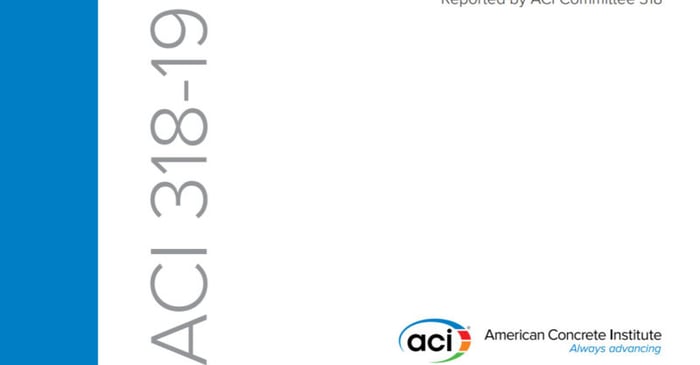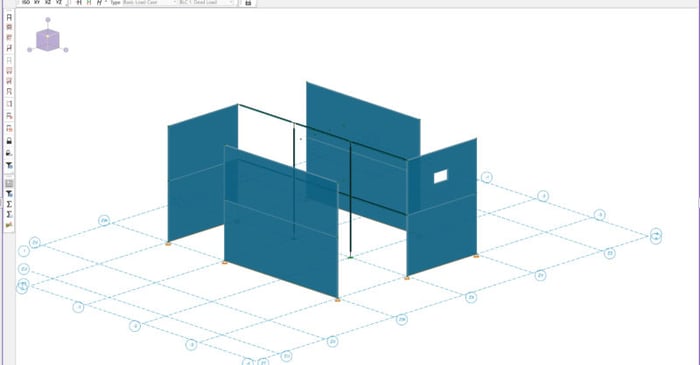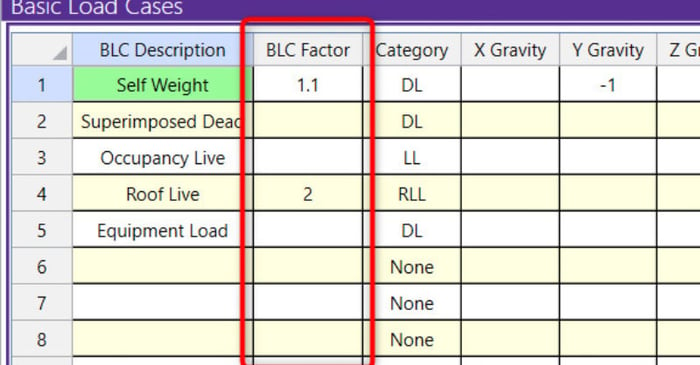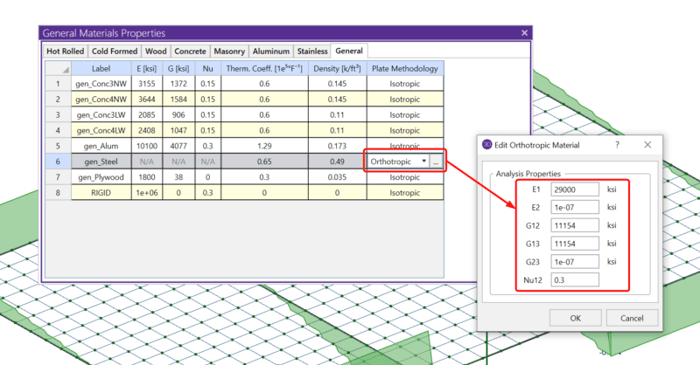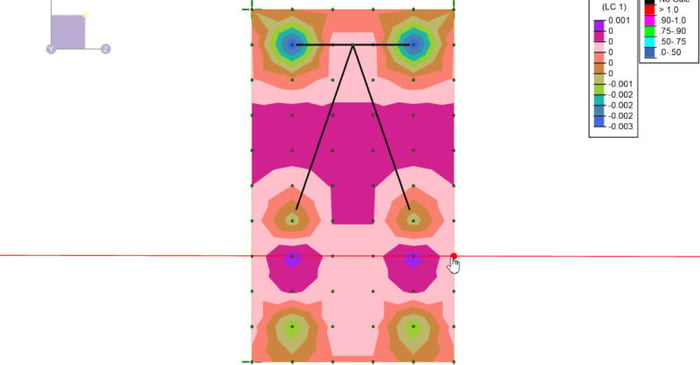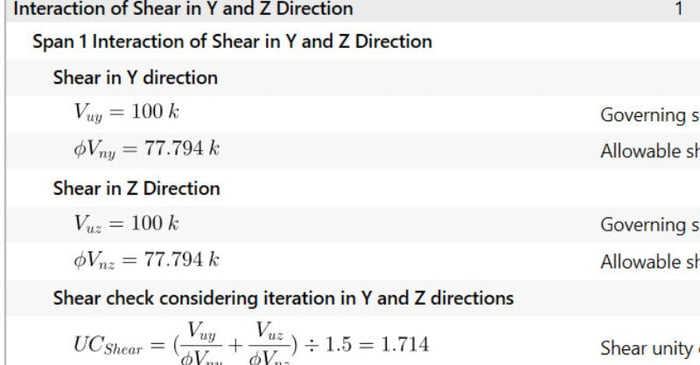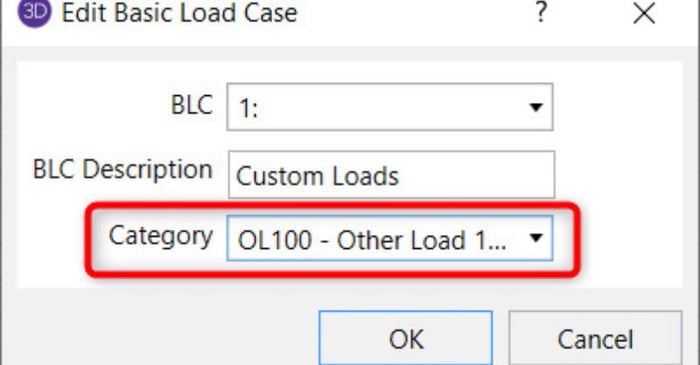
October 30, 2020
Expanded Load Categories in RISA-3D and RISAFoundation
New to RISA-3D v19 and RISAFoundation v13 is the ability to apply up to 100 "Other Load" Categories. Previously users only had the ability to add up to 10 "Other Load" Categories. The expansion of "Other Load" Categories gives the user more flexibility to be able to apply and organize the loading...




